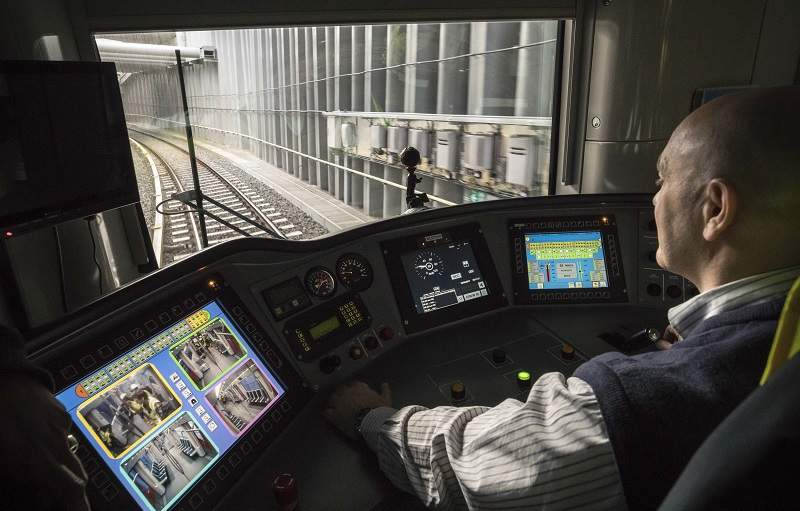
The Amsterdam Metro North-South Line (Line 52) has officially started commercial operations in an attempt to bolster the transport network in the city.
The new 10km line, which includes eight new subway stations and passes beneath the IJ waterway, was inaugurated by Amsterdam Mayor Femke Halsema in the presence of Amsterdam Transport Minister Sharon Dijksma.

Discover B2B Marketing That Performs
Combine business intelligence and editorial excellence to reach engaged professionals across 36 leading media platforms.
Alstom has deployed its Urbalis 400 communications-based train control (CBTC) solution as part of the contract awarded by the city’s metro and tram authority MET in 2012.
Besides the implementation of Urbalis 400 on Line 52, the overall contract included the deployment of Alstom’s train control and signalling system in the existing 50, 51, 53 and 54 lines encompassing 39km of railway track and 40 stations.
Alstom was further responsible for installing CBTC equipment on 90 trains and for equipping a new control centre.
The Urbalis 400 is scheduled to become operational on Lines 50, 51, 53 and 54 by next year.

US Tariffs are shifting - will you react or anticipate?
Don’t let policy changes catch you off guard. Stay proactive with real-time data and expert analysis.
By GlobalDataThe technology is expected to enable Amsterdam operator GVB to reduce headway, as well as enhance line capacity and operational services.
Alstom Europe senior vice-president Gian-Luca Erbacci said: “Alstom is very pleased to be part of this unique project and to support GVB and MET in their commitment to offer their passengers improved service, namely faster and more reliable travel on the busiest lines of the system.
“Our team remains ready to continue to ensure the performance expected of the network.”
Alstom’s CBTC solutions, which have been implemented in around 90 metro lines across 25 countries, allow the operator to better control regular train operations and to run trains at higher frequencies and speeds while ensuring complete safety.





